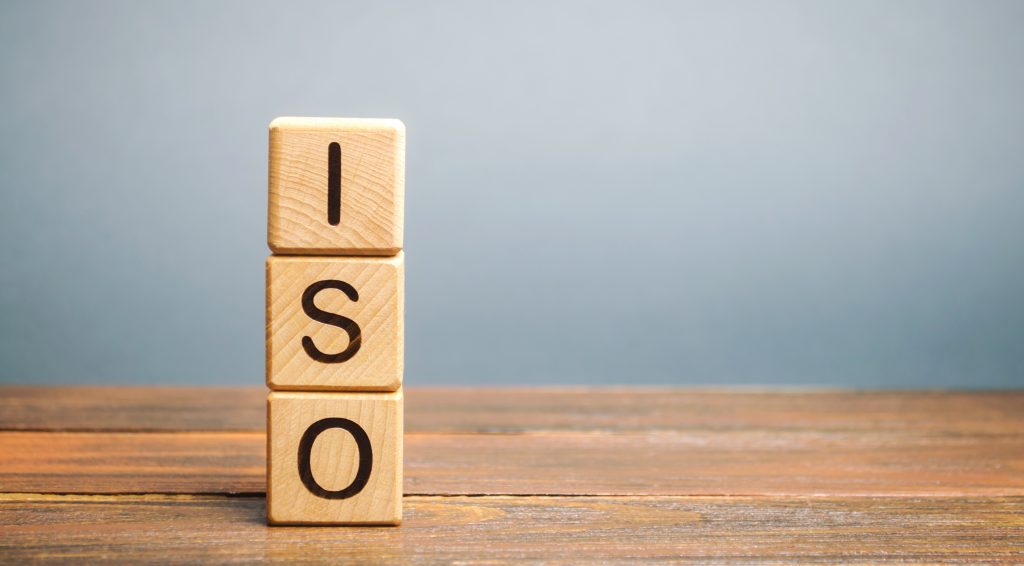World Standards Day on October 14th pays tribute to the experts around the world who develop our International Standards.
Hold yourself responsible for a higher standard than anybody expects of you. Never excuse yourself.
Henry Ward Beecher
Throughout the world, there is a set of standards that have been established that companies, organizations, and industries have all agreed to hold up. These standards have been established by mutual agreement between these organizations as part of their participation in the ISO, the International Organization for Standardization. It was these kinds of standards that helped drive the industrial revolution, and today it drives the advancement of all technologies from automotive to telecommunications. World Standards Day celebrates the work of these men and women, and the contribution their work makes to the world at large.
International standards provide a way to get work done more efficiently. These standards also remove technical barriers to trade and improve supply chains. Compliance with these standards helps consumers, too. They know products are safe and good for the environment. Some of the industries and organizations using international standards include:
- Communication
- Manufacturing
- Measurement
- Science
- Symbols
- Time
Examples of items requiring standardization for communication include Braille and the International Code of Signals. The manufacturing industry standardizes products like paper sizes. Tracking time is an excellent example of standardization. We see it in the calendar, time zones, and clocks.
The onset of the Industrial Revolution prompted the necessity and implementation of standards. One early innovation requiring standardization involved the screw-cutting lathe. The invention revolutionized the industry. It also prompted one of the first standardizations – screw thread sizes. The harnessing of electricity made standardization quite complicated. Countries around the world developed their own standards for voltage, currency, and frequency. Lack of efficiency prompted the international standard for electrical engineering.
From there, the International Electrotechnical Commission (IEC) organized, the first of its kind. Twenty years later, the International Federation of the National Standardizing Associations (ISA) was founded. In October 1946, the ISA and the United Nations Standards Coordinating Committee (UNSCC) created the International Organization for Standardization (ISO). The UNSCC was represented by 25 delegates from different countries.


